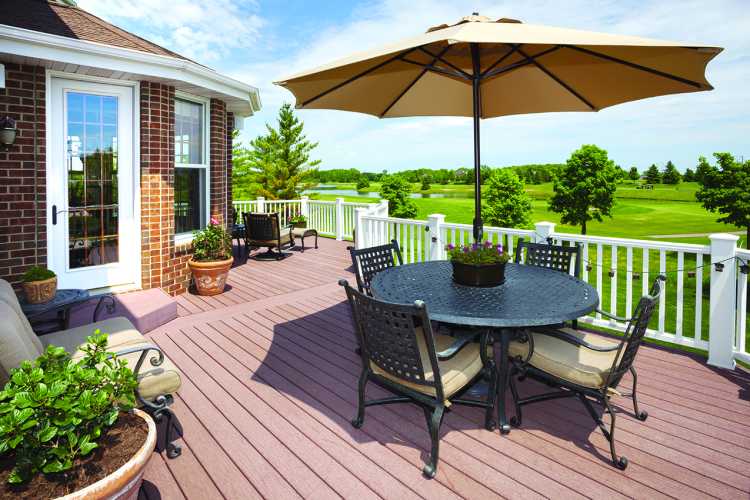No urban myth seems more pervasive and troublesome than the myth of “white flight” to the suburbs in the post-WWII years. Unlike other urban myths – UFOs, ghost sightings, JFK conspiracy theories, Bigfoot, creationism, a Republican-orchestrated 9/11, and President Obama as a foreign-born national – the myth of “white flight” has been perpetuated by journalists, academicians, and civil rights activists who know it’s a myth.
Too, over the years, Levittown has become to “white flight” what Roswell, New Mexico is to UFO buffs. Consider the facts:
Between the crash of ‘29 and V-J Day, the American housing industry nearly became extinct. Consequently, the 1945-50 era occasioned the greatest housing shortage in history. It was not unusual in the two or three years after the war for a “to let” newspaper advertisement to be answered by scores – in a few cases, hundreds – of prospective tenants. People didn’t move to the suburbs to get away from “them.” They moved to find a place to live.
The housing boom of the 1950s was necessarily a suburban boom because outside of the big city, land and labor and building materials were relatively inexpensive and the country’s new interstate highway system (augmented by highways built in the ‘30s by men like Robert Moses) made these areas more accessible to the motoring public.
Most of the white people who settled in Levittown and the surrounding towns came from predominantly white neighborhoods in Brooklyn, Queens, and the Bronx – from a New York City that was predominantly white in 1950. Their socioeconomic motivations for joining the exodus to suburbia have been well documented by historians like Barbara Kelly, Kenneth Jackson, and Marjorie Freeman Harrison.
Although black people in the 1950s were moving into northern cities like New York and Detroit from the rural South, there were many blacks who moved into the suburbs – a migration well documented in 1993 in Andrew Wiese’s Places of Our Own: Suburban Black Towns Before 1960 (Journal of Urban History). Like their white counterparts, they were motivated by economics, not race.
Suburban growth in the decades following WWII was a larger socioeconomic phenomenon taking place around all the major cities of the industrialized world. While the trend was pioneered in America in general, and Levittown in particular, it’s foolish to think that the United States’ racial issues had anything to do with suburban growth in France, Great Britain, and the Netherlands.
The people who moved to Levittown after 1968, such as my family, left the city because of rising crime, taxes, unemployment, labor disputes, overcrowded public schools, and a general decline in the quality of municipal services. Indeed, the urban blight and societal decay were the results of the public policies championed by the very journalists, academicians, and civil rights activists who speak of “white flight.”
“White flight” was popularized by the “whites only” clauses that appeared in housing contracts between 1934 and 1949 per the guidelines of the Federal Housing Authority. These clauses represented the opinion of the FHA and not necessarily the wishes of Levitt & Sons and other developers – a fact glossed-over or omitted in many reports of racial discrimination in housing. Was there ever housing discrimination experienced by Levittown and/or by Levittowners? Of course. I know somebody who came to New York City in 1962 and was told that the housing project she and her husband were looking at was “reserved for blacks” – so they moved to Levittown. Another family had difficulty obtaining a mortgage because a few of the realtors they encountered wanted a large down payment – preferably in cash “the way the Indians and Pakistanis do.” These, however, were isolated incidents and don’t represent the way Levittowners or the realtors in Levittown do business.
Levittown in 2010 continues to be a less racially diverse town than some other Nassau County communities because its houses fall into a narrower price range as a result of having been built in the same styles (Ranch and Cape), on the same sized plots of land (mostly 60×100), and around the same time period (1947-51). A house in Hicksville, for example, might be twice as expensive as a house across the street – something one wouldn’t expect in Levittown. Somebody from a lower income group who could not afford a particular house in Levittown probably could not afford any of the other houses in Levittown.
The notion that Levittown is “homogenous” is kicked around a lot. I’ve lived in the Hicksville/Levittown area since 1968. In those four decades, I’ve known Levittowners who were gay, straight, liberal Democrats, conservative Republicans, Jews, evangelical Christians, atheists, creationists, Darwinists, foreign-born, descendants of the Pilgrims, sports fans, anti-war protestors, decorated war heroes, musicians, writers, dancers, refrigerator magnet collectors, African violet growers, alcoholics, and tea drinkers. Certainly not the type to pull up stakes because they don’t like people who are different.
Paul Manton


































